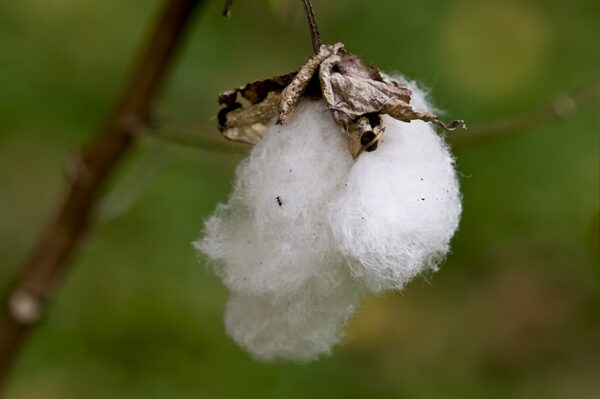Secondary Processing

Diving Deep
Secondary Processing: Transformation into Final Products
Secondary processing transforms herbs into finished products through methods like extraction, distillation, concentration, or simple cutting for tea bags and whole plant capsules.
Each company’s approach to secondary processing, in particular whether to use herbs standardized to particular marker compounds or use the whole plant, reflects their medical philosophy and product goals. The scale can range from artisanal operations using glass jars and organic alcohol to industrial facilities with massive stainless steel extraction vats.
Read more about Standardization
Manufacturing

Contract manufacturing is common in the industry, with many companies outsourcing production steps. Quality depends heavily on relationship management throughout the supply network and rigorous oversight by the brand company.

Understanding Solvent Use in Herbal Processing
The extraction process – how beneficial compounds are drawn out of herbs – is a critical factor. Different companies approach this process in various ways, each with its own implications for product quality and safety. The solvents used in extraction are critical in this step.
The Role of Solvents
Manufacturers commonly use several types of solvents including methanol, acetone, and ethyl acetate to extract desired constituents from herbs. While some companies claim their finished products are solvent-free, trace amounts of these substances can remain in the final product. This reality has led to important industry standards and oversight.
The International Conference on Harmonization has established specific limits for solvent residues, which the American Herbal Products Association has adopted as their standard. These guidelines form the backbone of quality control in the U.S. botanical industry. However, some products, particularly those from regions with different manufacturing standards, may contain higher levels of solvent residues than what’s considered acceptable in the U.S. market.
Organic vs. Conventional Processing
Certified organic companies take a more restrictive approach, using only certified organic solvents and water-based extraction methods. For products from non-certified organic companies, consumers should inquire about their methods for ensuring solvent residues remain within safe limits. Importantly, current regulations don’t require companies to disclose which solvents they use during processing on their product labels.
Making Informed Choices
As consumers, we each must decide what level of processing aligns with our personal health philosophy and comfort level. Through informed choices and advocacy for transparency, we can collectively encourage companies to elevate their standards for both sustainability and quality. This awareness helps drive positive change throughout the herbal products industry.
Blog Posts Related to Secondary Processing
The Stories Plants Tell
A conversation with ethnobotanist Claudia Ford about her research into...
Science-Based Targets for Climate Change
Vicky Murray, Sustainability Manager at Pukka Herbs, discusses Pukka's public...
Essential Oils by Cathy Skipper
At the 2013 International Herb Symposium, I attended herbalist Cathy...



